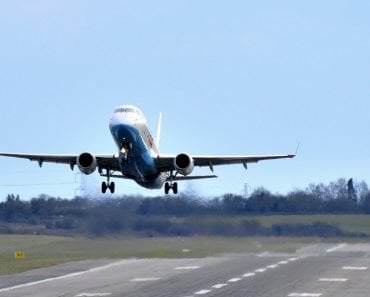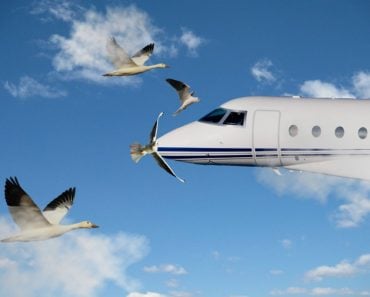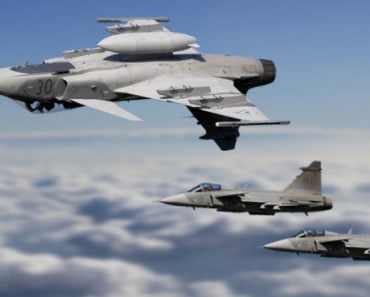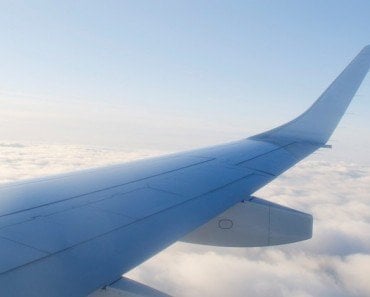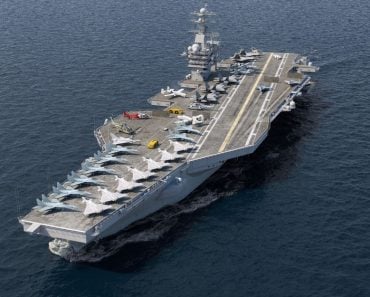Table of Contents (click to expand)
The advancements in technology, availability of stronger and lighter materials and the need for speed have rendered the biplanes obsolete.
A biplane is a traditional aircraft with two pairs of wings—one stacked above the other. Most people, including myself, have only ever seen biplanes in military movies, or perhaps Indiana Jones, but never in real life. Here’s a fun little historical fact: The first aircraft to ever take flight used a biplane wing arrangement. Furthermore, the biplanes look way cooler than the single-wing airplanes we see today, which begs the question… why don’t we see biplanes anymore? Why did biplanes go the way of the dinosaurs?
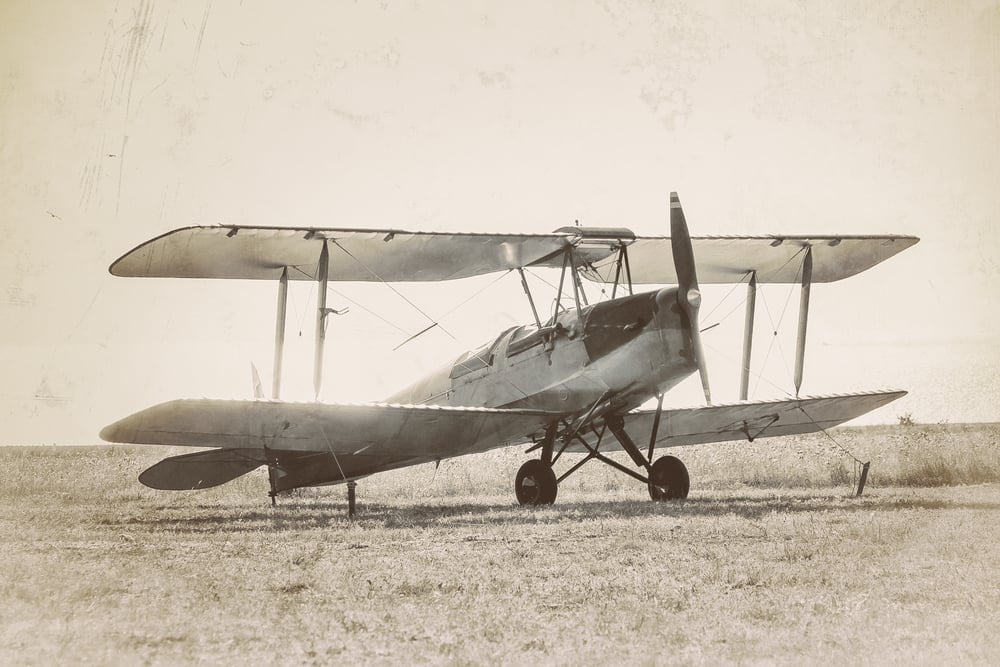
Recommended Video for you:
First Appearance Of The Biplane
It was 1903 when the Wright Brothers successfully achieved the first engine-powered flight in human history. Some piloted gliders had been built before 1903, such as those of Otto Lilienthal, a German pioneer of aviation, who had successfully conducted multiple glider flights. His gliders, however, lacked the controls to stabilize themselves in mid-air. In 1896, a powerful gust of wind struck Otto’s glider, which led to a crash landing and Otto’s premature death.
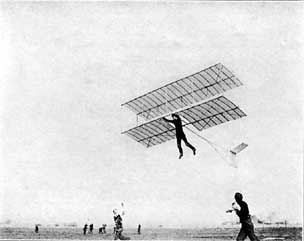
The Wright Brothers analyzed the data from Otto’s flight attempts and subsequently made the legendary Wright Flyer. No manufacturers in the early 1900s could provide engines that were light and powerful enough to power an aircraft. The Wright Brothers had to develop their own engine instead. The Wright Flyer used a biplane arrangement of wings with a wooden airframe and wings made of canvas. The wingspan was about 40 feet and 4 inches. On December 17th, 1903, the Wright Brothers successfully accomplished their dream of flying, in a flight that covered 852 feet in 59 seconds.
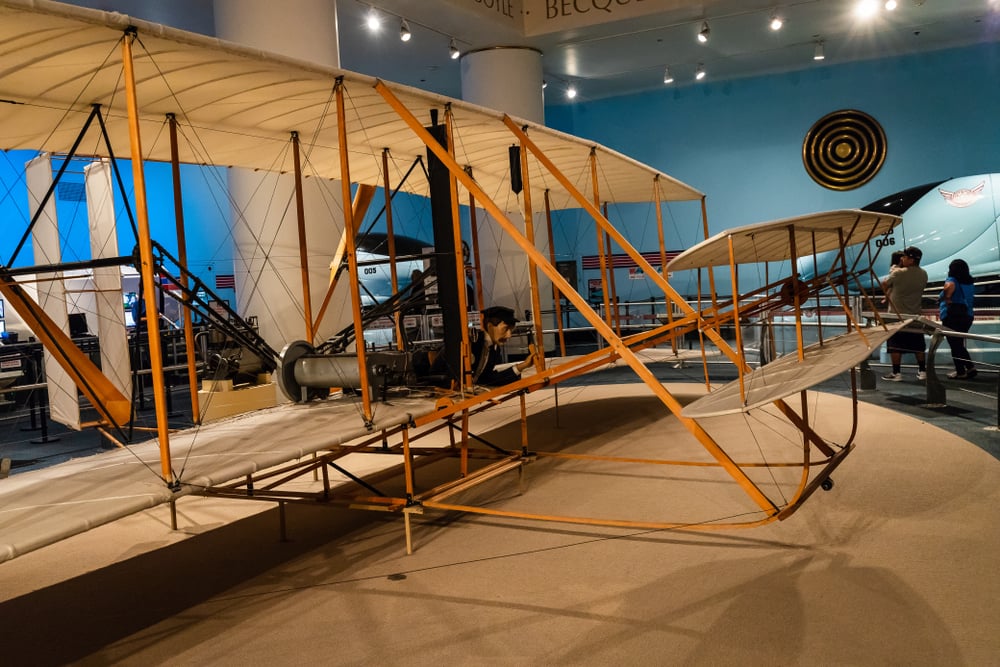
Planes In World War 1
World War 1 saw the introduction of planes for surveillance and reconnaissance purposes. However, the planes being used were fairly basic. Enemies hiding in the trenches would shoot at these planes and the pilots would have no way to defend themselves or fight back. The planes used a single-wing configuration, and lacked the power, lift and structural integrity to carry any weapons. A speed of only 100km/hour with a maximum range of 140 km could be achieved.
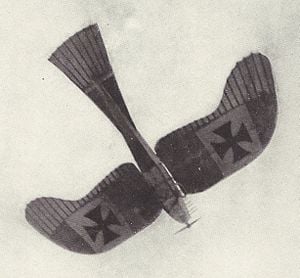
The warring nations wanted planes for far more destructive purposes than just surveillance, but the existing monoplanes couldn’t cater to these demands. The plane engines simply weren’t powerful enough to provide the necessary amount of lift and speed. One way to increase the lift was by increasing the wingspan, but the aircraft structures and materials used were not strong enough to handle the physical forces of flight on a single set of wings. Long wings also meant less maneuverability. The other method to increase lift was to stack one wing over the other.
So, the lack of powerful engines and poor aircraft structures paved the way for biplanes to have their day in the spotlight.
The Rise Of Biplanes
Since they couldn’t just put in a more powerful engine (because there were none), engineers turned to the wings. What’s better than one set of wings? Two sets, of course!
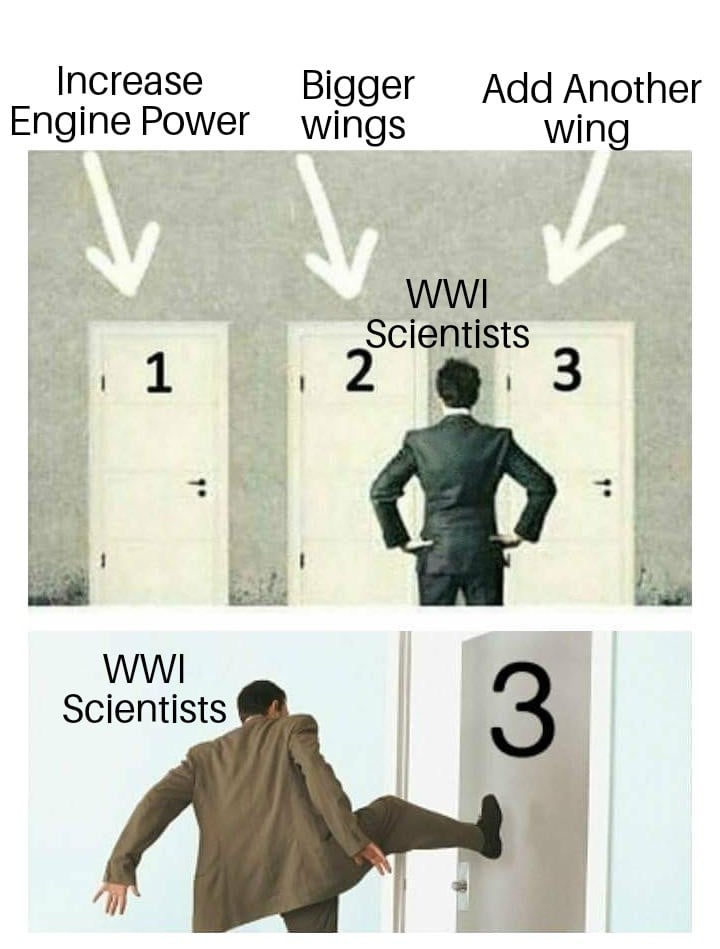
The structural enhancements provided by an additional set of wings helped to compensate for the lack of a powerful engine. Two wings meant greater lift production, as each wing of the biplane provided part of the total lift. The biplane design also naturally provided high stiffness. The two wings of the biplane gave the other more durability and integrity. Monoplanes, on the other hand, required additional bracing to increase stiffness.
The wings of a biplane required extra struts and spars to be held together, while the bracing required by the monoplanes nullified any advantage they provided. Also, the structural forces in the spars of the biplanes were much lower. This meant the same overall strength could be achieved using less material, which also meant a lighter plane.
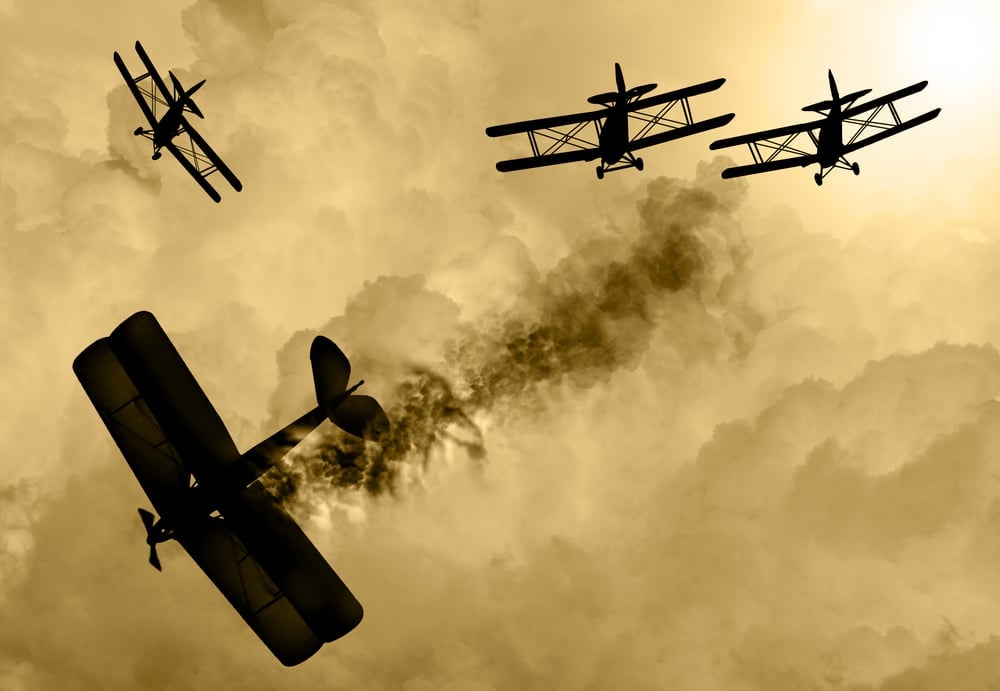
Biplanes generated more lift and were both stiffer and lighter than monoplanes. The shorter wings on biplanes meant greater maneuverability and roll rates. The engines used were still fairly basic and not all that powerful, so the speeds at which the biplanes flew were low. This demanded even lower stalling speeds, but the biplanes had low wind loading (ratio of the total weight of an aircraft to the area of its wing), which allowed for low stalling speeds. Also, biplanes could lift heavier loads at a given speed than monoplanes.
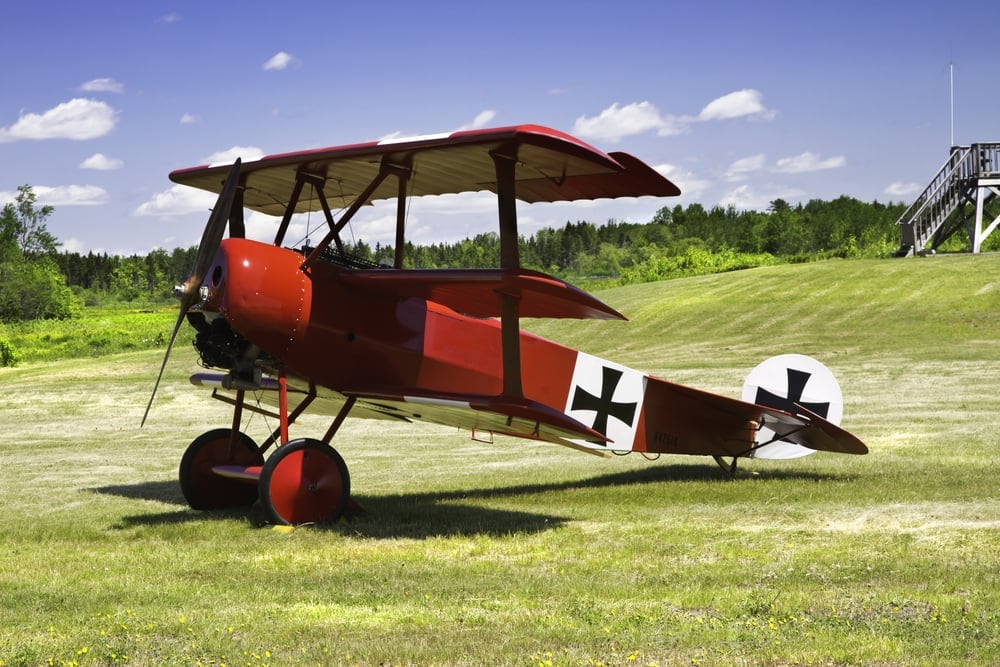
If biplanes were an obvious upgrade to monoplanes, why don’t we see them anymore?
New Monoplanes Vs Biplanes
The two wings of the biplanes didn’t necessarily mean twice the lift, as both the wings acted on almost the same portion of the atmosphere. This led to aerodynamic interference between the two wings, which decreased the amount of total lift that could be produced. Also, two wings created more overall drag, as did the use of struts and wire. The drag created by the struts and wires is called parasite drag and was one of the major drawbacks of this plane design.
Another drawback of biplanes was poor visibility. In simple terms, visibility is the distance up to which objects and light can be clearly perceived. So, in reality, the added lift and maneuverability of the biplanes was accompanied by the extra drag and low visibility. However, the biplanes were still better suited than early monoplanes during World War 1.
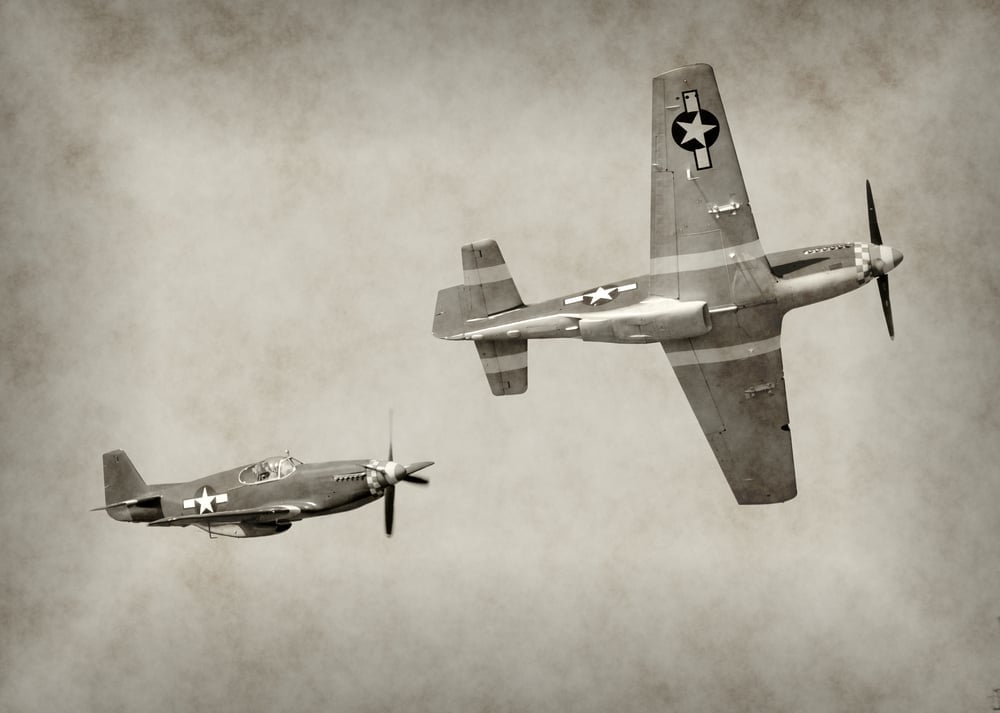
Advances in the field of technology and the availability of composite materials helped monoplanes make a permanent comeback. Stronger and lighter materials allowed scientists to increase the wingspan to generate more lift.
Composite materials also meant that more aerodynamic wings could be manufactured. The structural integrity and lift generation of monoplanes was no longer a problem. The low drag factor also allowed the monoplanes to fly faster. Developments in engine technology provided lighter and more powerful engines, and while the maneuverability was still inferior to that of biplanes, the speed advantage was more important. Thus began the inevitable decline of biplanes.
Biplanes were not inherently better than monoplanes, but instead acted as the transitional phase of planes while technological advancements caught up to modern needs.
Conclusion
Developments in the field of aviation have rendered biplanes obsolete. Rapidly changing from an innovative tool for fighting wars in the 1900s to a piece of memorabilia, biplanes have seen it all. After World War II, biplanes found their use primarily in crop dusting and sport (aerobatic) flying. Even so, biplanes still continue to be restored and preserved as important pieces of aviation history!

